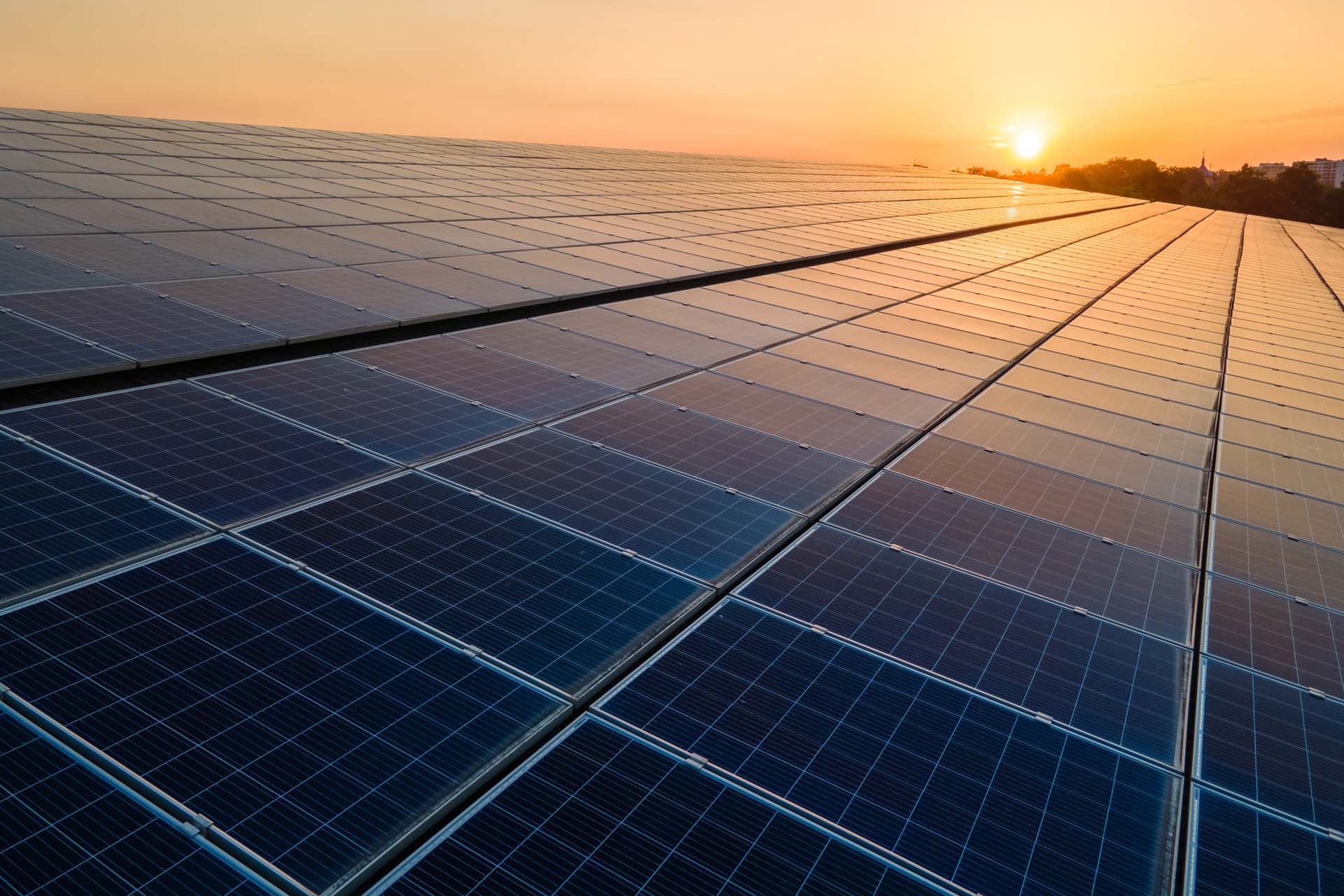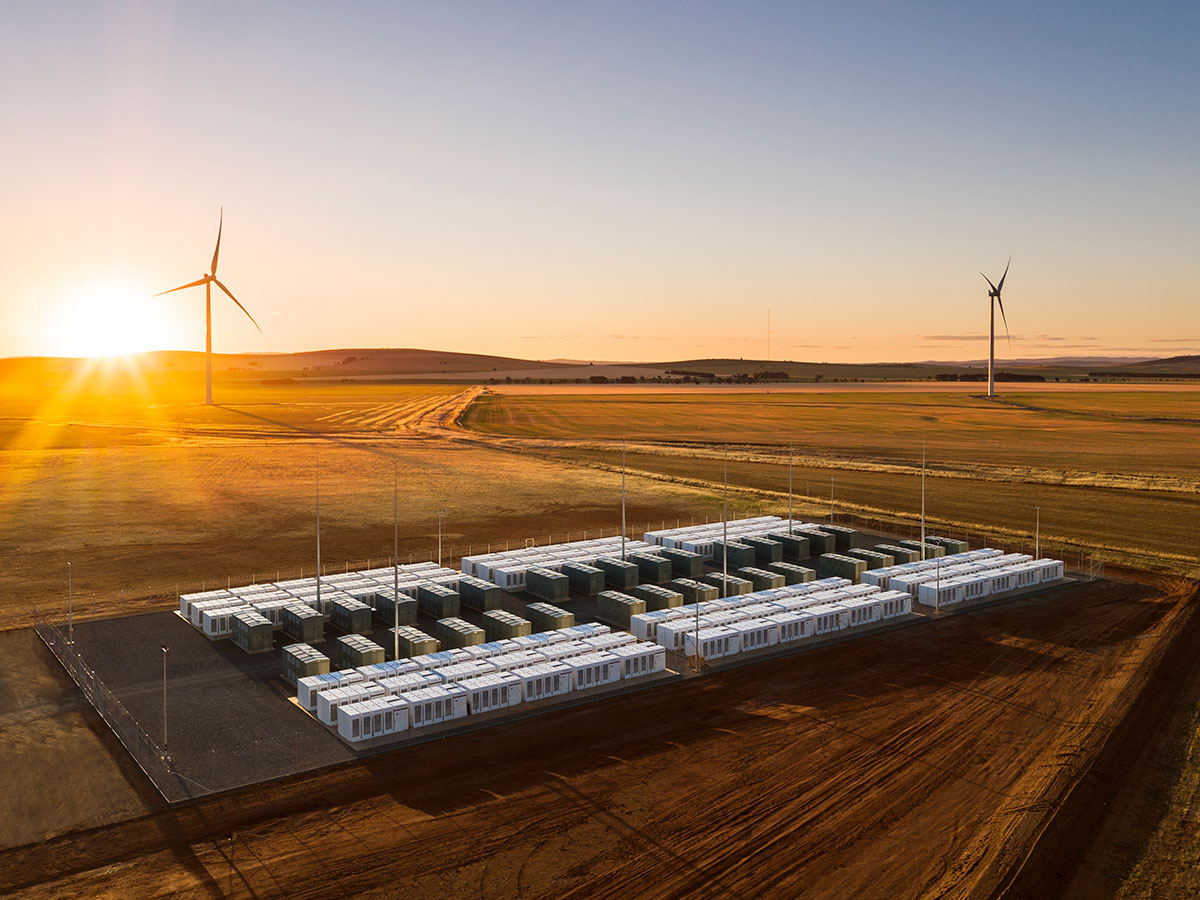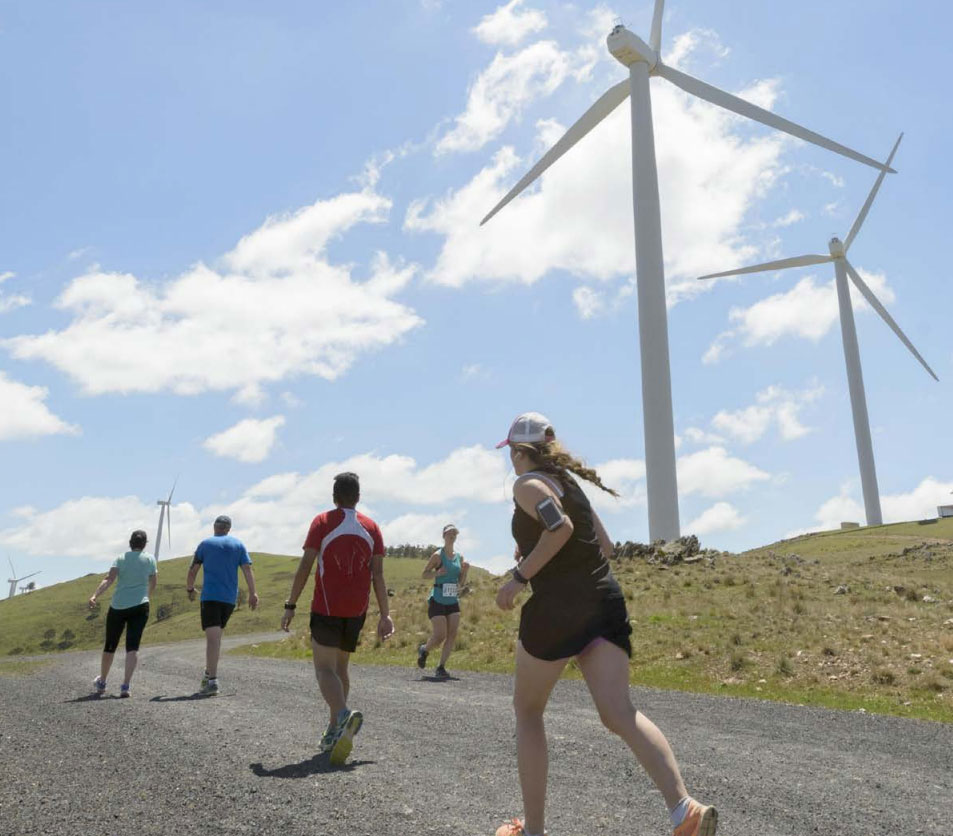Maintaining stability while connecting renewables to the grid is critically important and extremely complex, particularly when considering other factors such as storage technologies and ever-evolving technical standards.
A grid-ready Australia
An initiative bringing together our members, network service providers, industry stakeholders and the Australian Energy Market Operator to address concerns over the delays and increasing complexity of grid connection.
The market rules were designed to consider very few generators connecting to the grid. With renewable energy, there are many generators wanting to connect each year. This level of inquiries can lead to extensive bottlenecks and delays in connecting generators that provide critical energy to consumers.
The Connections Reform Initiative represents an unprecedented level of industry cooperation and is an example of good planning to address the gaps in the current regulatory environment.
We collaborate with market bodies and governments to inform policy design that adequately incentivises the renewable energy industry.
One of the most ambitious investment packages, the Capacity Investment Scheme, will ensure Australia reaches the Federal Government's target of 82 per cent renewable energy by 2030.
We also work closely with state governments as they develop Renewable Energy Zones (REZs) and investment support schemes such as Long-Term Energy Service Agreements in New South Wales.
We have a strong investment focus, making sure macro trends are reflected and inform policy making.
We work to modernise the regulatory environment, helping Australia connect clean energy projects.
It is important to make the most of the existing grid, advocating for improvements that reduce the need for the expensive rollout of major transmission infrastructure.
Equally important is for Integrated System Plan major projects to be supported to deliver critical infrastructure as the power system transitions to high levels of renewable energy generation.
The balance between the two, with support from technical standards and novel technologies, has long-term value for consumers, ensuring energy prices remain predictable during the energy transition.
The stability of the power system requires a combination of energy storage technologies. In addition to battery energy storage, we are also focused on alternative long duration storage (ALDES) solutions. The extensive portfolio of ALDES technologies includes compressed air, pumped hydro, gravity storage, metal air batteries, redox flow batteries, thermal batteries, concentrated solar with energy storage and chemical energy storage using hydrogen.
The functions of these diverse technologies will ensure Australia’s power system is strong, secure, reliable and affordable in the long-term.
Reforming the transmission network in Australia is complex and ongoing. Delays in transmission development are hindering the transition to net zero and driving up power prices. To enable a smooth transition, networks need to install more than 10,000 kilometres of new transmission lines to ensure we can connect the renewable generation our system will need.
We work with governments and industry bodies, alongside our members, to facilitate the best possible reforms that benefit industry and incentivise investment while accelerating the clean energy transition.
Members can log in to read more:
Join the Market, Investment and Grid Directorate
The majority of our policy work is developed with our Members in Directorates, with smaller working groups and committees tackling specific challenges.
Become a Clean Energy Council member

Join industry leaders
Investment in renewables
Read the latest news and resources from the Clean Energy Council on how we're advocating for investment in the renewable industry.




